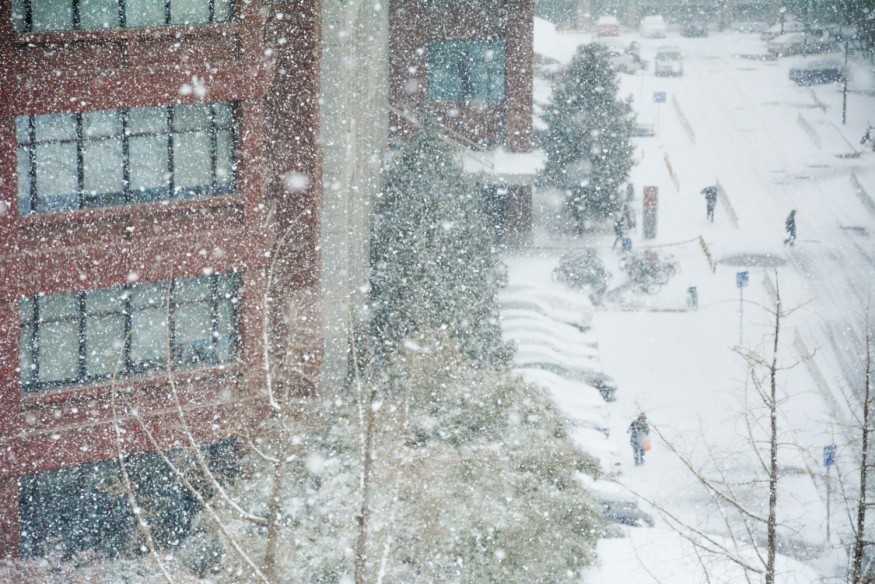
During the Thanksgiving celebration last week, two wind systems put a million people in the darkness and shivering. Multiple states issued impossible travel conditions due to high snow piles on the road and strong winds. Nearly 300,000 homes and businesses also experienced blackouts.
Like any weather phenomenon, winter storms can leave you stranded inside your home for days and without access to electricity. The extreme rain, snow and winds that come with it also increase the risk for road accidents and some complications like hypothermia and carbon monoxide poisoning.
Below are some tips to do before, during and after a blizzard.
Preparation Before a Winter Storm
Keeping a storm plan is always the first step if you want to ensure your family's safety and comfort during a snowstorm. These are what you needed to check and prepare:
Invest in a generator. Electricity has played a major role in our life, starting from keeping us warm and preparing food up to getting weather updates. This is why a reliable generator and a good fuel supply will make a huge difference.
Secure your house. Inspect and clean the chimney. Ensure that the roof and gutters are in good conditions. Seal the doors and windows. Insulate the walls.
Stock up foods that could last for at least a week. Canned goods and instant meals are good options since those do not spoil quickly, but you can also stock some fresh foods. Don't forget to include drinking water and milk formulas if you have a baby at home.
Prepare winter home emergency kit. Aside from first aid kits, you should also include flashlights and spare batteries, power bank, stock of clean and dry blankets. You can check the guide of American Red Cross if you want to know more.
Learn some first-aid remedies, especially on frostbite and hypothermia.
Lastly, don't forget to secure your car. Cars are always handy during emergency. You may check the guide of FEME.gov for more information.
Surviving a Winter Storm
As much a possible, stay inside your house. If inevitable, wear layers of warm clothing.
Put your generators and grills outdoors and away from your window to avoid carbon monoxide poisoning. Do not use a gas stovetop or an oven as a heater.
Watch out for signs of frostbite and hypothermia. Immediately apply first aid even at the earliest sign.
Before the power goes out, make sure that your mobile devices and power banks are fully charged.
Turn every water faucet to a slow drip to avoid pipes from freezing.
Keep yourself hydrated.
Once the power went out and you have a generator, remember to use it only on essential equipment like refrigerator and thermostat. Unplug the rest as to avoid power surge.
If you don't have a generator, put your perishable food on a secured container and move it to the garage to stay frozen.
Be mindful when cooking to avoid fumes and fire.
What to Do After a Snowstorm
Even after the snow stopped surging, continue listening to weather updates and wait for closures to guarantee that it is safe now to get out.
Once the power went back, handle your generator safely. Follow safety precautions to avoid electrocution, fire or even carbon monoxide poisoning.
Carefully shovel the snow out of your way. You can pour sand or ice melt to add traction on the slippery surface.
Check the well-being of your family. If some of them have shown sign of any winter-related illnesses, bring them immediately to the doctor.
ALSO READ : Common Winter Illnesses and What to Do with Them
© 2025 NatureWorldNews.com All rights reserved. Do not reproduce without permission.





